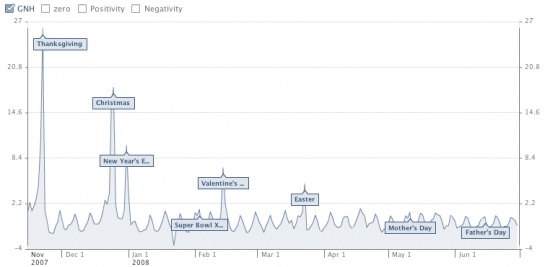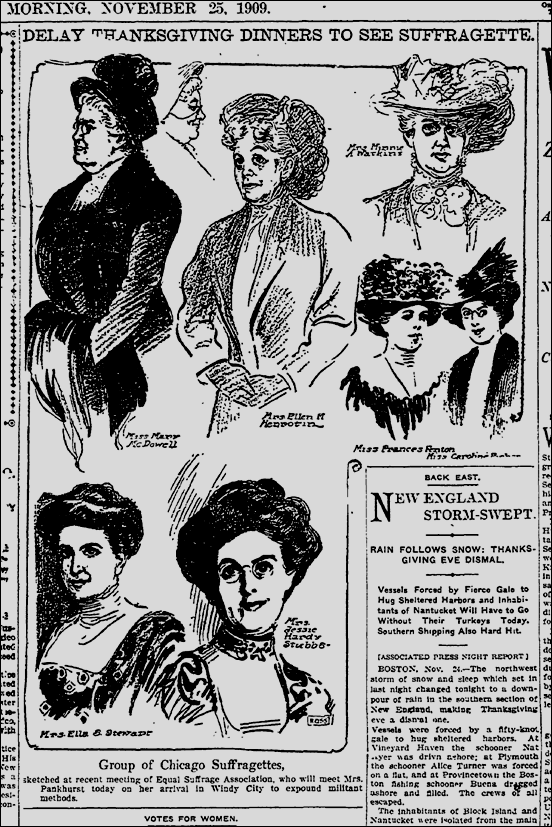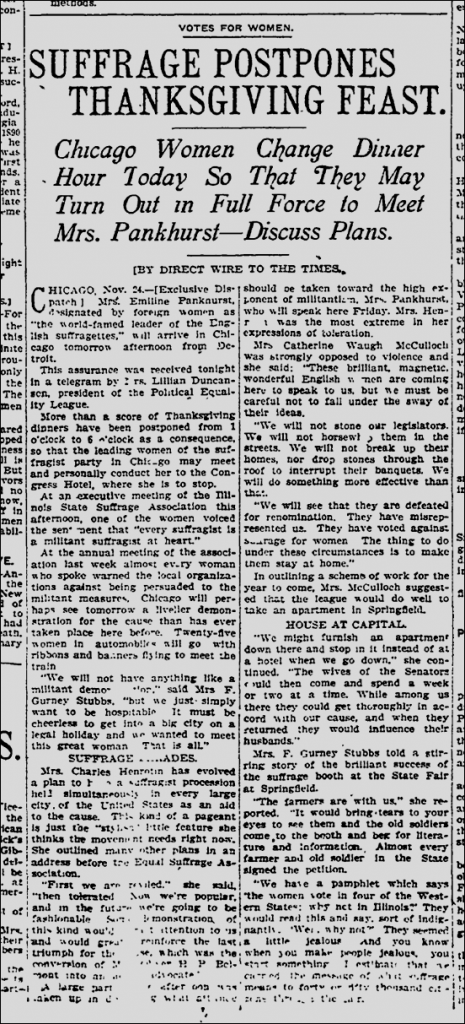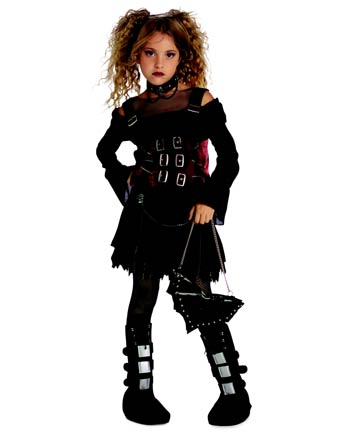So, what do you think: Is this Gap ad featuring Black people dancing and singing about the “hood” using stereotypes to appeal to black people? Or white people? In the latter case, would you consider this a form of objectification? (Unfortunately, I don’t know when or where it aired.)
For more, see my series of posts about how and why people of color are included in advertising aimed mainly at white people.
Via The Feminist Agenda.
Lisa Wade, PhD is an Associate Professor at Tulane University. She is the author of American Hookup, a book about college sexual culture; a textbook about gender; and a forthcoming introductory text: Terrible Magnificent Sociology. You can follow her on Twitter and Instagram.












